Inflation is Killing Your Ability to Buy a Used Car. Here's the Proof
In recent years, used car shopping has undergone a significant transformation. As the automotive world grapples with a unique set of challenges, it's the buyers who have had to adapt the most. A recent study by iSeeCars.com sheds light on a concerning trend: late-model used cars are getting older, and the money you once spent on a 3-year-old car in 2019 might now only get you a 6-year-old model.
In 2019, $23,000 was enough to bring home a 3-year-old used car, but fast forward to today, and that same budget won't even cover a 6-year-old vehicle. This stark shift in the used car market can be attributed to a combination of factors, including limited production of new cars between 2020 and 2022 and the persistence of inflation.
A Perfect Storm for Used Car Buyers
Plant shutdowns and supply chain issues during the pandemic played a significant role in reshaping the used car landscape. According to iSeeCars' Executive Analyst Karl Brauer, "With 28 percent fewer 1- to 3-year-old used cars available today compared to 2019, buyers are left with no choice but to shop for 6-year-old cars or even older to find a vehicle within their budget." Limited new car production during the pandemic has a direct impact on the availability of late-model used cars.
The Age and Market Share Shift
iSeeCars.com's study analyzed data from over 21 million used cars sold in 2019 and 2023. The results indicate a noticeable shift in the age and market share of used cars over this period. The average age of used cars sold increased from 4.8 years to 6.1 years. Meanwhile, the average price across all age categories witnessed a substantial 33 percent increase, soaring from $20,398 in 2019 to $27,133 in 2023.
A closer look at the change in market share reveals the magnitude of the issue. In 2019, 13.5 percent of used cars were 1 year old, but that figure plummeted to just 7.3 percent in 2023, marking a staggering 45.8 percent drop. The shift was similarly significant in other age categories as well.
The Budget Dilemma
Perhaps the most concerning aspect of this transformation is how it affects consumers' budgets. iSeeCars.com examined the prices of 3-year-old models in 2019 and compared them to what those models would cost in 2023. The results are eye-opening. A $23,000 budget in 2019 would get you a 3-year-old car, but that same amount in 2023 is only enough for a 6-year-old model. In many cases, the age difference is much more pronounced. For instance, a 3-year-old Chevrolet Spark in 2019 is now an 9-year-old car to get within the same price range in 2023.
Karl Brauer emphasized the issue, stating, "The 2019 budget that purchased 3-year-old versions of these cars now buys a 7- to 9-year-old version of that same model. Given that the average car is driven between 10,000 and 15,000 miles a year, these cars are not only more than twice as old, but have between 40,000 and 100,000-plus more miles – for the same money."
Conclusion
The used car market has weathered numerous challenges in recent years, and it's the buyers who have had to adjust their expectations. As the scarcity of 1- to 3-year-old used cars persists, consumers are forced into older models, and prices continue to rise. It's a market where the age of your vehicle is inversely proportional to your budget.
This transformation isn't just a reflection of the used car market; it mirrors the broader challenges faced by the automotive industry in the wake of the pandemic. The impact of restricted new car production has come home to roost, and consumers must navigate this new reality when shopping for their next vehicle.
In a time when the automotive landscape is evolving rapidly, buyers need to be adaptable and well-informed. As you step into the world of used car shopping, be prepared to explore older models, and remember that the car you buy today might be twice as old as what your budget could fetch just a few years ago.
Become an AutoGuide insider. Get the latest from the automotive world first by subscribing to our newsletter here.
This article was co-written using AI and was then heavily edited and optimized by our editorial team.
More by AutoGuide.com Staff

















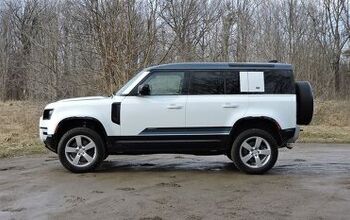

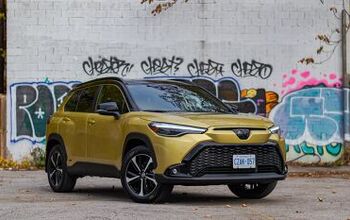
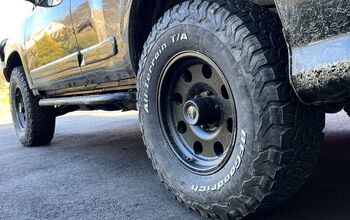


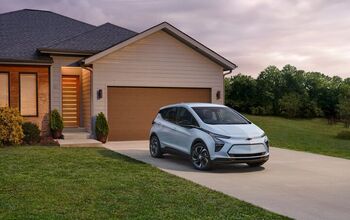
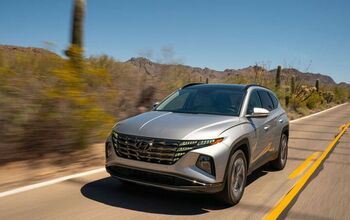



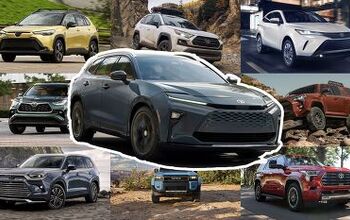



Comments
Join the conversation
So does this mean that any pollution reductions derived from the modest sales of EV's are more than offset by a growing number of really old ICE vehicles being kept on the road by consumer budget restraints? Sounds to me like the industry needs to quickly figure out how to deliver low cost vehicles, be they EV or Hybrid, for the less well-heeled, if clean air and global warming are really a priority!